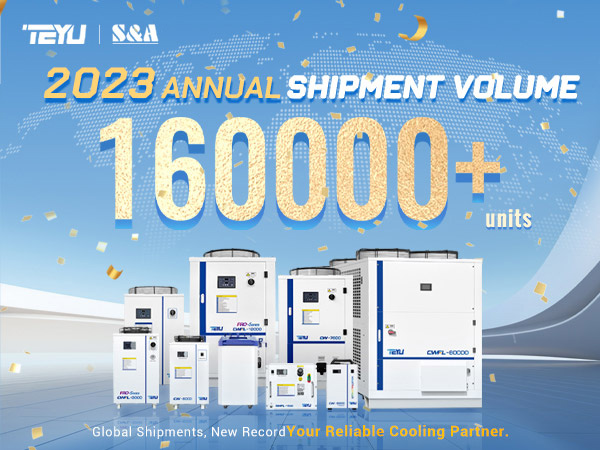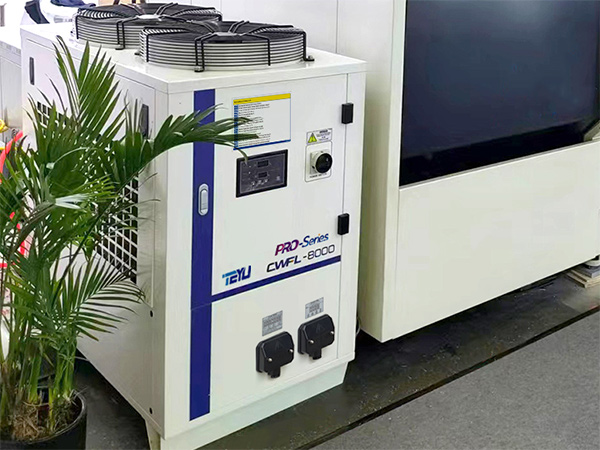Laser technology impacts manufacturing, healthcare, and research. Continuous Wave (CW) Lasers provide steady output for applications like communication and surgery, while Pulsed Lasers emit short, intense bursts for tasks like marking and precision cutting. CW lasers are simpler and cheaper; pulsed lasers are more complex and costly. Both need water chillers for cooling. The choice depends on application requirements.
The Difference and Applications of Continuous Wave Lasers and Pulsed Lasers
As the "light" era arrives, laser technology has permeated industries such as manufacturing, healthcare, and research. At the heart of laser equipment are two main types of lasers: Continuous Wave (CW) Lasers and Pulsed Lasers. What sets these two apart?
Differences Between Continuous Wave Lasers and Pulsed Lasers:
Continuous Wave (CW) Lasers: Known for their steady output power and constant operating time, CW lasers emit a continuous beam of light with no interruptions. This makes them ideal for applications requiring long-term, stable energy output, such as laser communication, laser surgery, laser ranging, and precise spectral analysis.
Pulsed Lasers: In contrast to CW lasers, pulsed lasers emit light in a series of short, intense bursts. These pulses have extremely brief durations, ranging from nanoseconds to picoseconds, with significant intervals between them. This unique characteristic allows pulsed lasers to excel in applications needing high peak power and energy density, such as laser marking, precision cutting, and measuring ultrafast physical processes.
Application Areas:
Continuous Wave Lasers: These are used in scenarios requiring a stable, continuous light source, such as fiber optic transmission in communication, laser therapy in healthcare, and continuous welding in materials processing.
Pulsed Lasers: These are essential in high-energy-density applications like laser marking, cutting, drilling, and in scientific research areas such as ultrafast spectroscopy and nonlinear optics studies.
Technical Characteristics and Price Differences:
Technical Characteristics: CW lasers have a relatively simple structure, whereas pulsed lasers involve more complex technologies like Q-switching and mode-locking.
Price: Due to the technological complexities involved, pulsed lasers are generally more expensive than CW lasers.
Water Chillers – The "Veins" of Laser Equipment:
Both CW and pulsed lasers generate heat during operation. To prevent performance degradation or damage due to overheating, water chillers are required.
CW lasers, despite their continuous operation, inevitably generate heat, necessitating cooling measures.
Pulsed lasers, although emitting light intermittently, also require water chillers, especially during high-energy or high-repetition-rate pulsed operations.
When choosing between a CW laser and a pulsed laser, the decision should be based on the specific application requirements.


Kami ada untuk anda apabila anda memerlukan kami.
Sila lengkapkan borang untuk menghubungi kami, dan kami berbesar hati untuk membantu anda.




































































































